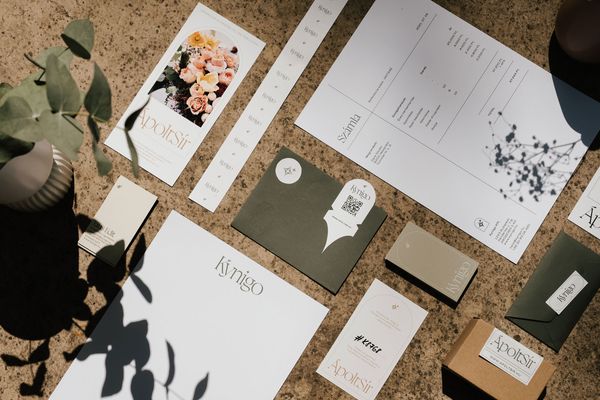Coffee table books are becoming more and more popular in the Hungarian book market as well, which, apart their informative function, are primarily intended to give you a break from everyday life and to take you into another world while flipping through them.
The skeptical reader might say: but that’s what Instagram is for! Indeed. However, a thoughtfully curated well-edited publication, regardless of whether we write 2000 and some, is still much more engaging than an Instagram feed. Renáta Török-Bognár’s goal was to achieve this exact effect when she decided that her photo and recipe archive was ready to be included in a book. This is how the hybrid publication called Metszéspontok (Intersections—free translation), a mixture of a guidebook and a collection of recipes, was born. The author introduced the book to us.
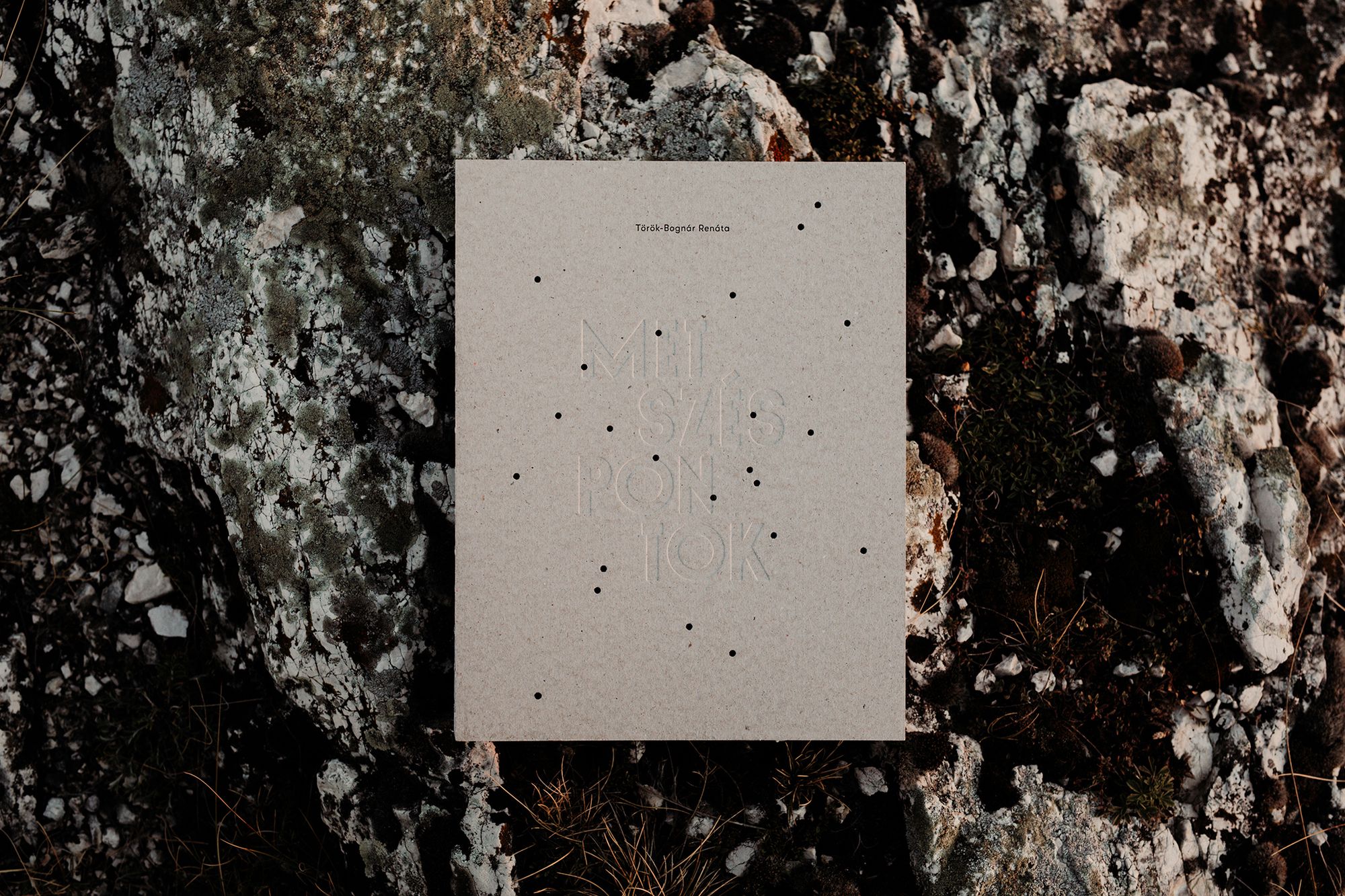
“For a long time, I didn’t consider it appealing for someone to write a book as a blogger because I didn’t think it was professionally well-founded. Then the need to do this grew in me, too, and I understood that if you have real professional ambitions, then this could be the next step,” admits Reni in connection with her first own publication, Metszéspontok. Reni is considered a real professional in wedding photography with a ten-year history and experience of countless assignments in her past. It is also thanks to the weddings that she has reached many places in the world that were not among the top on her bucket list. “I photographed a lot of couples who got together on Erasmus and so they held their wedding in either one’s homeland. The places in the book are all where life has driven me because of my work,” says Reni. The open-minded photographer had the opportunity to get to know the area before or after the ceremony. This is how the captivating beauty and atmosphere of the photos in the book were taken, among which we can taste the fabulous, marvelous landscapes and flavors of Slovenia, Hungary, France, Italy, Portugal, Norway, Denmark, and Scotland.
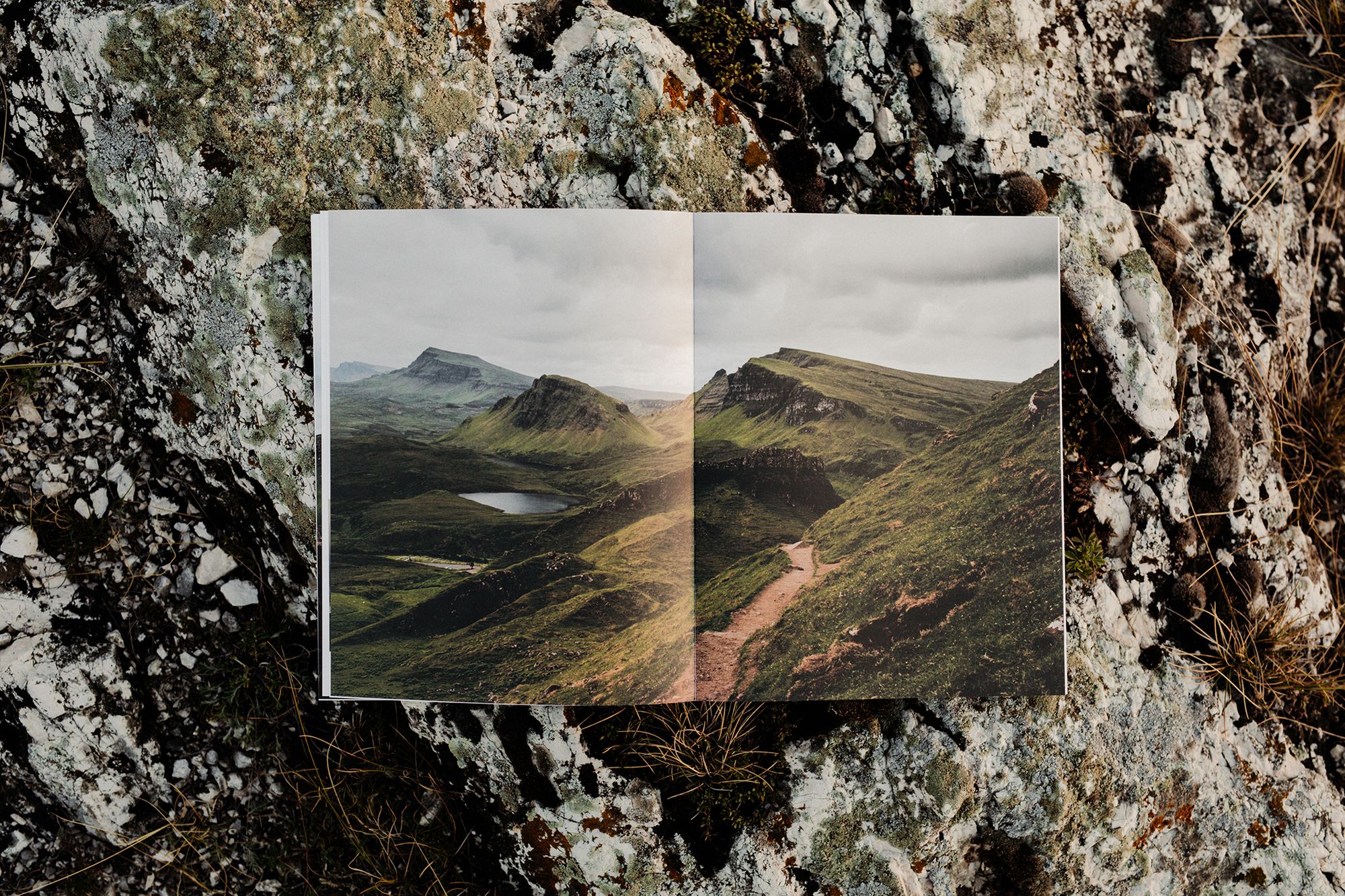

Thus the other pillars of the book are the recipes, which are also inspired by these places and travels. One would think that it would take more than one or two, maybe three weeks, to get to know the flavors of a country, but since Reni created them specifically from impressions and did not seek to learn traditional recipes, these short stays proved to be sufficient. “There are one or two traditional recipes, but I made these dishes more based on impressions. In Denmark, for example, I didn’t eat yam tartes, but I did eat everything that had yam in it. I didn’t eat marble rye bread either, but based on seeing leftover dry rye bread being ground and used as flour for cakes, I figured I’d try a marble cake.”

Reni didn’t start experimenting in the kitchen as an amateur: she started her gastro blog in 2009, many of the brides got to know her from that very time. She says that the common affection for gastronomy is already there with many of her clients. Reni is also often involved in the pre-ceremony meals, giving her even more opportunities to experience real, authentic local flavors.
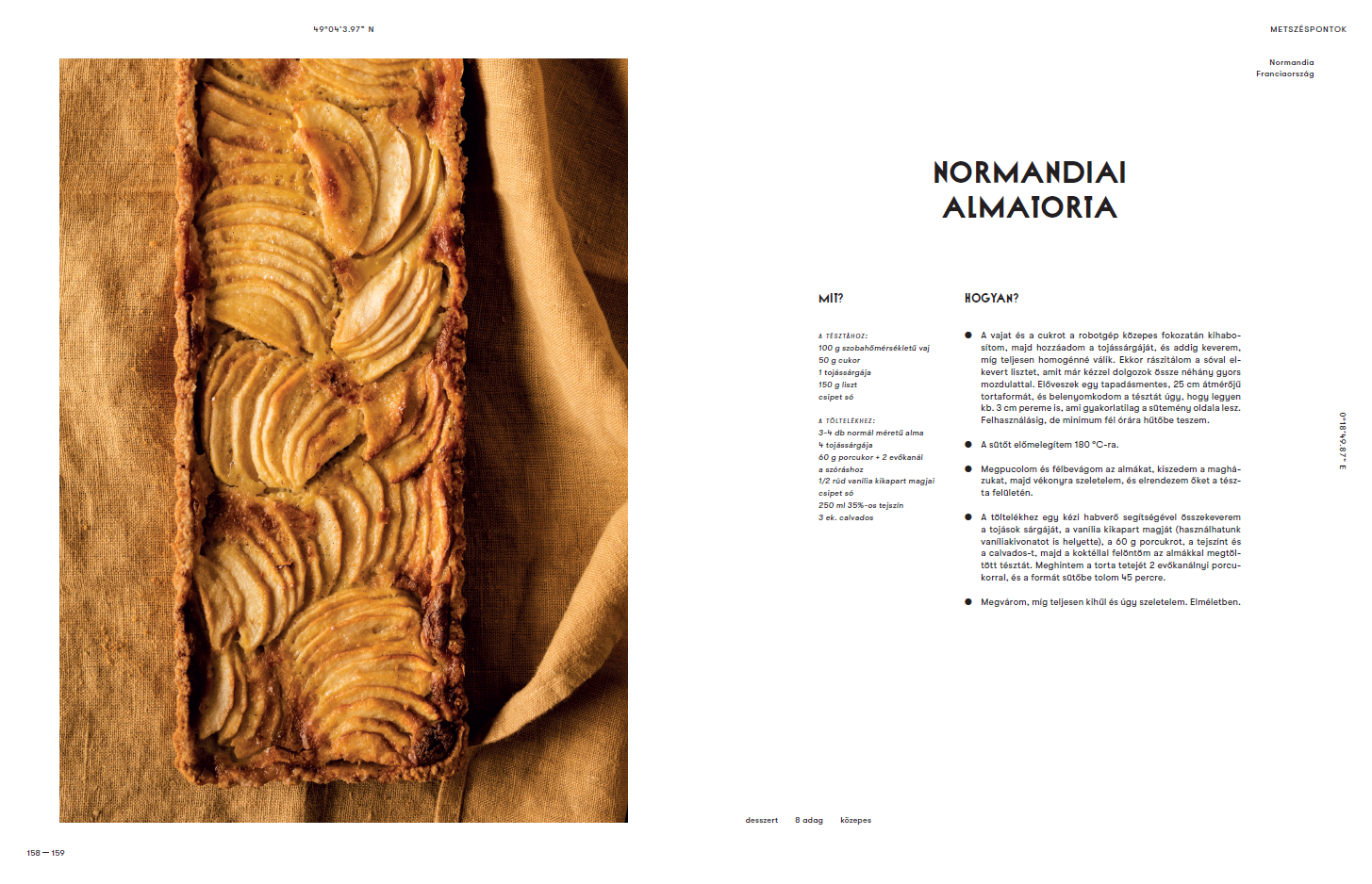
Reni started collecting photos and recipes about two years ago, so there was time for the book to develop. Metszéspontok is a real coffee table book that successfully delivers the reading experience that Reni and Anna Bárdy, a graphic designer and artistic director of the book, were striving for together. The aim was to create a high-quality publication that could compete on the international market, inviting the reader to slow down, to indulge in nostalgia and to dream. The collaboration between the two women proved to be a hit: Anna had a very good feel for Reni’s personality, which then pervades the book not only because of the written and pictorial content. “My husband pointed out how great Anna had a great sense of what I was like. From the outside, an unflashy, almost neutral, compliant type of girl, just like the cover. But when you open it, it’s colorful, diverse, there’s the whole world in it. That’s when it occurred to me that Anna had probably consciously built the book in this direction while I was pouring all the texts and images into it, which gave her an impression of me, as we didn’t know each other before.”
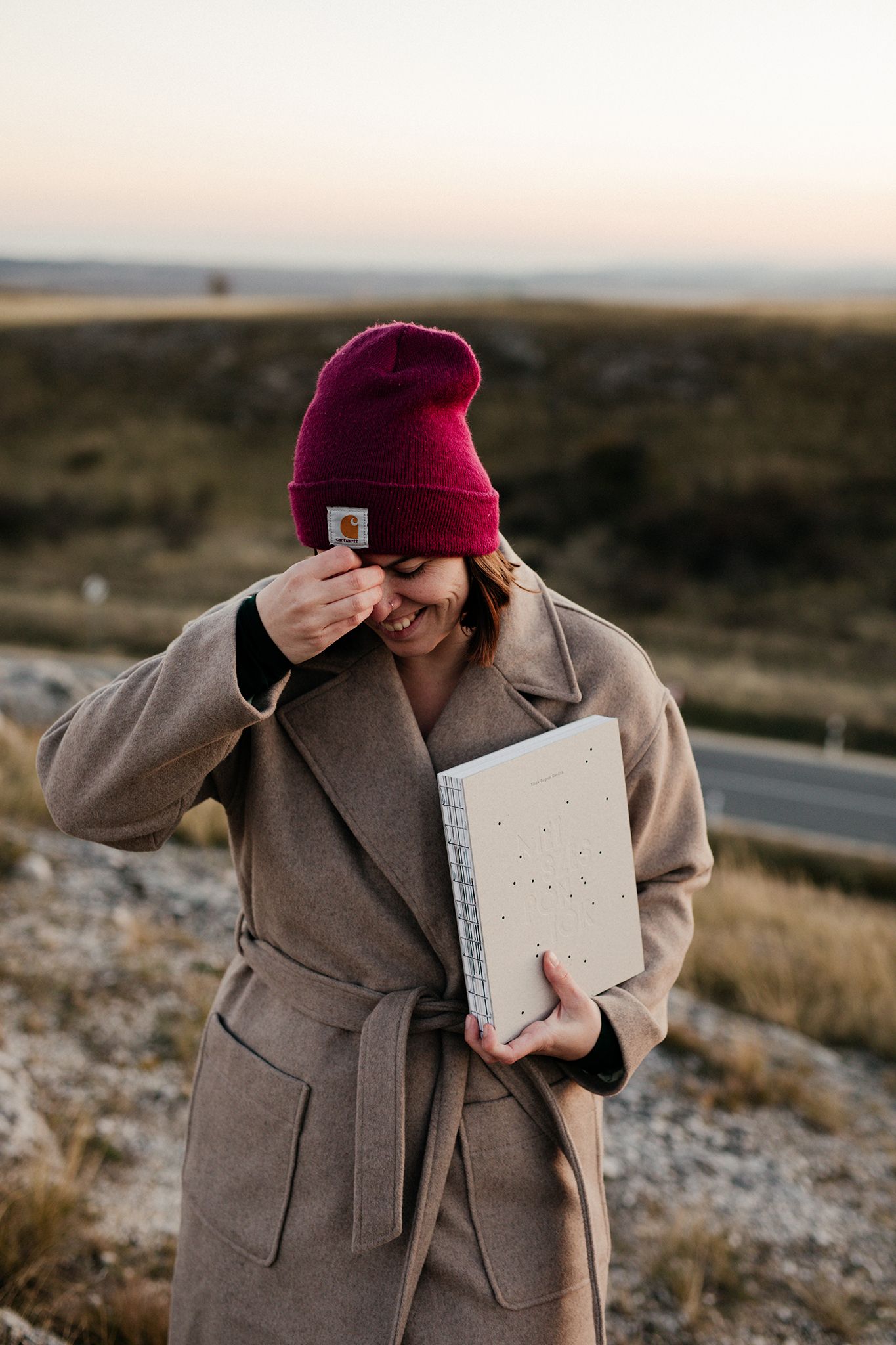
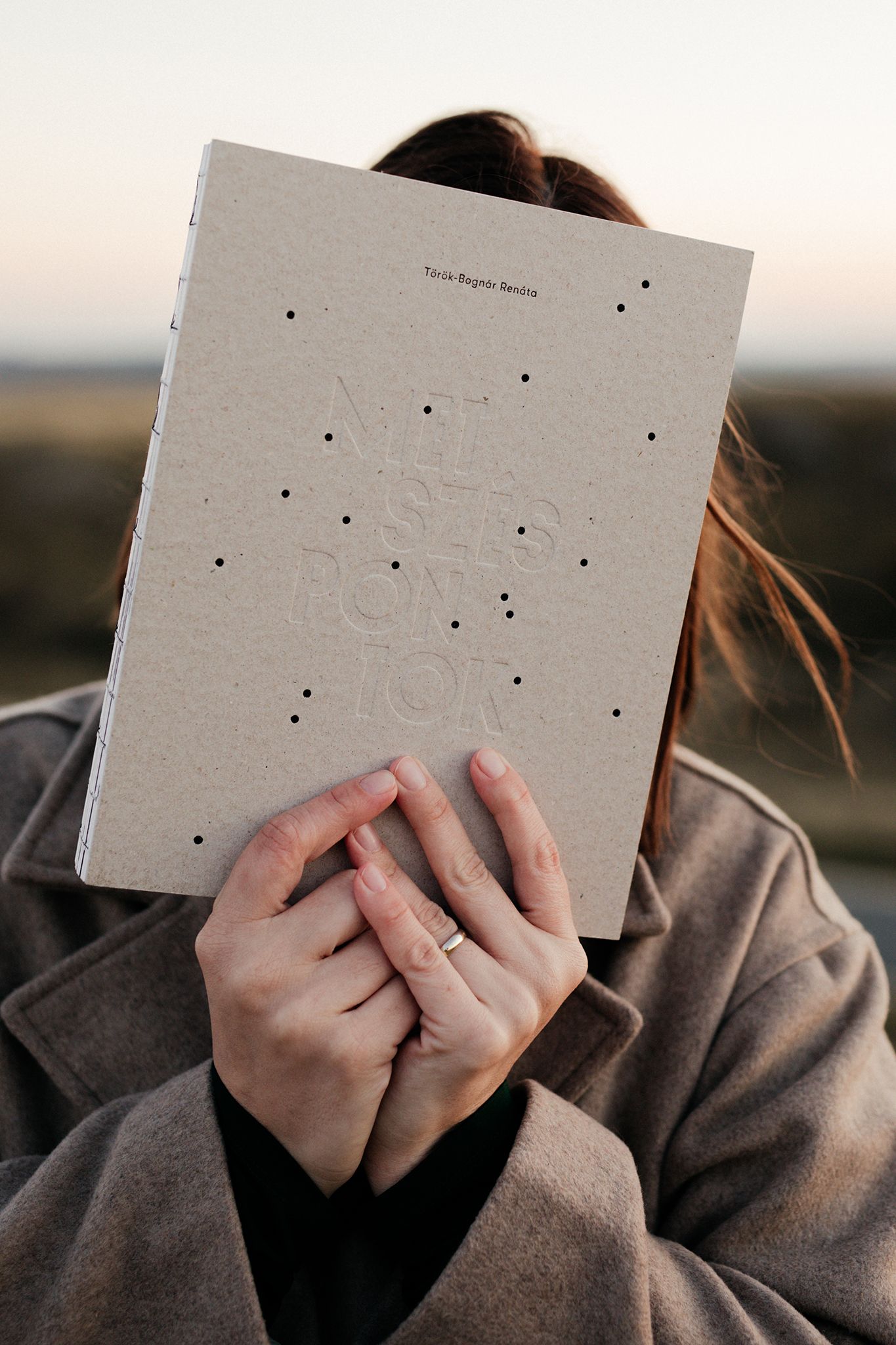
Thus, a lot of times what we need is just an outside eye to really recognize ourselves. The same goes for the colors in the book, some of which Reni would have refused at first, but based on Anna’s plans, she considers them completely her own. The open spine was already a conscious decision by both of them: on the one hand, it was made for aesthetic reasons, to further emphasize the natural character of the book and to allow the black-threaded stitching to be seen. On the other hand, it supports the function: although it is more fragile this way, the otherwise thick book remains open without the need to put a weight on it.
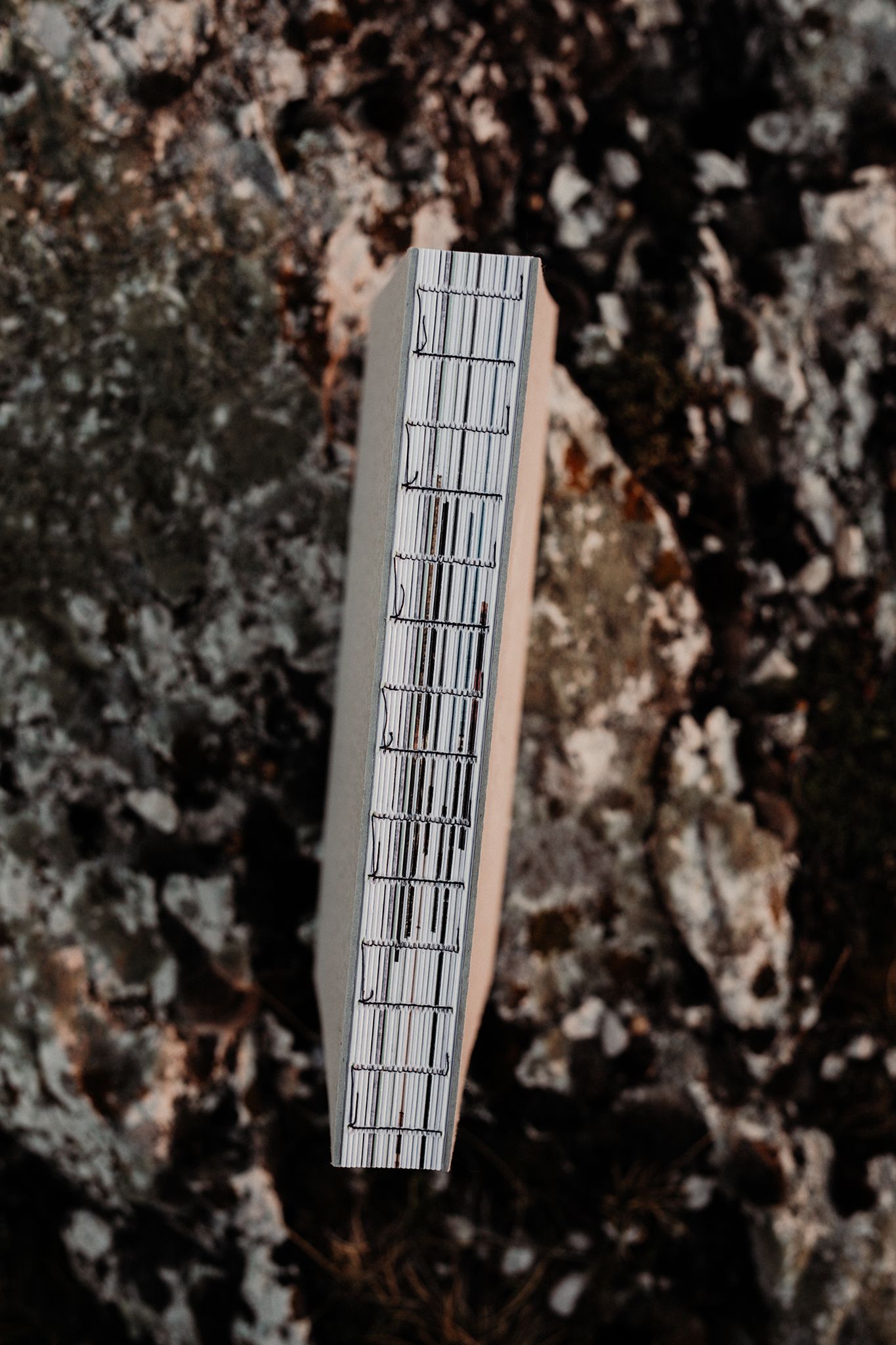
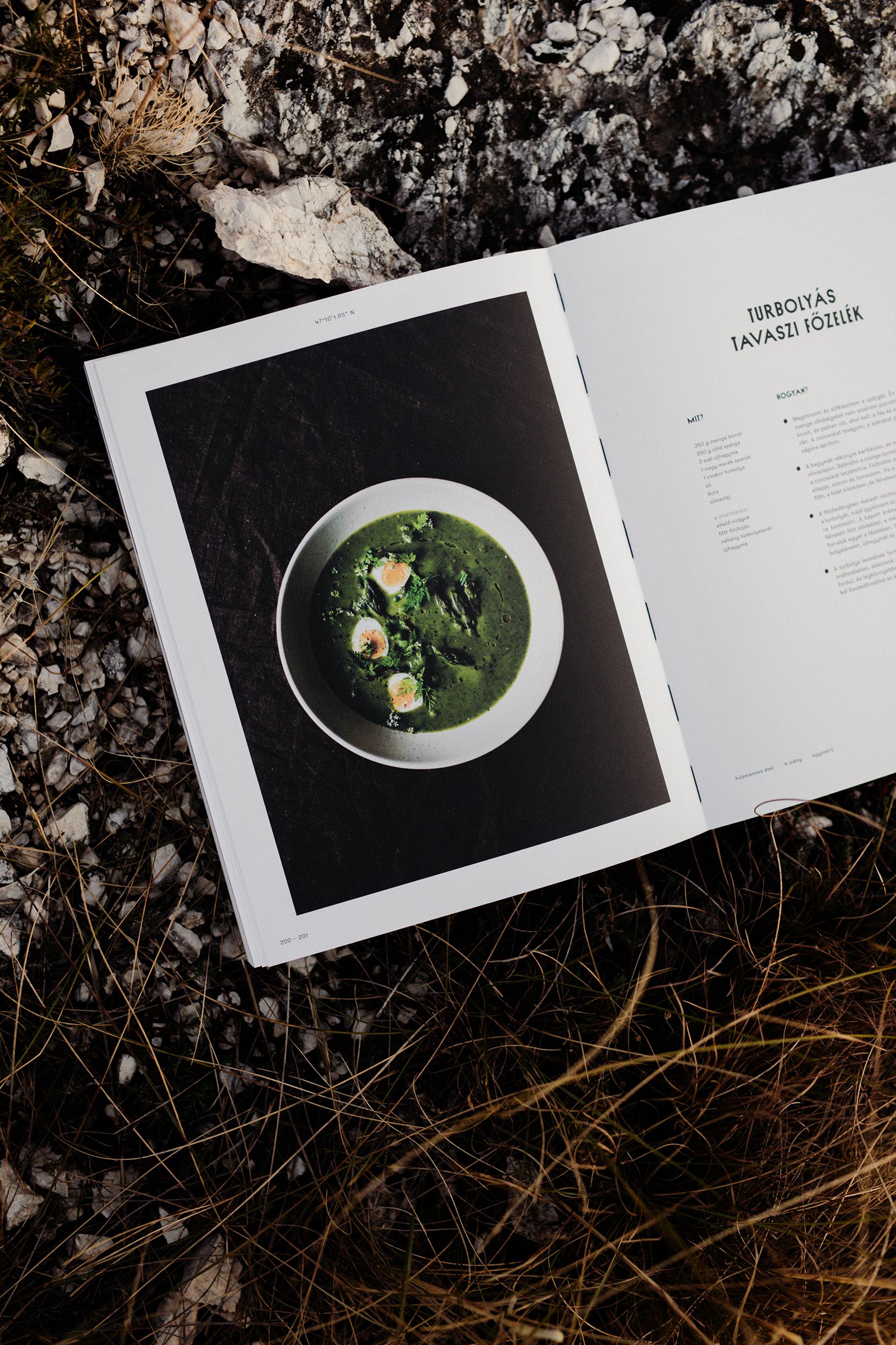
The Instagram food frenzy raises the question of the legitimacy of a print publication, and we also wondered what Reni thinks separates one food blogger from another. “In the long run, as cliché, as it sounds, I think credibility is the most important thing. Fake marketing may work for a few years, but further ahead you can only survive if you are true to your identity. There has to be a real personality behind the project.” The author has a similar view on the question of analog vs. digital issue, where she also emphasizes the presence of a real human. “It’s a global phenomenon that people are bothered that they cannot create tangible results in their work. I think a lot of people are hungry for holding things in their hands, like books, that are fragrant and where there is a real human being behind them.”
Reni’s recipes thus have halfway gone into the offline space, but she has no plans to take them fully to the public in real life, for example by opening her own place. However, at the book launch on November 3, guests can taste a few recipes-inspired snacks.

In harmony with tradition— house designed by Slovak team of architects in Mallorca

Revenge of the analog: stunning album covers from Europe | TOP 5
